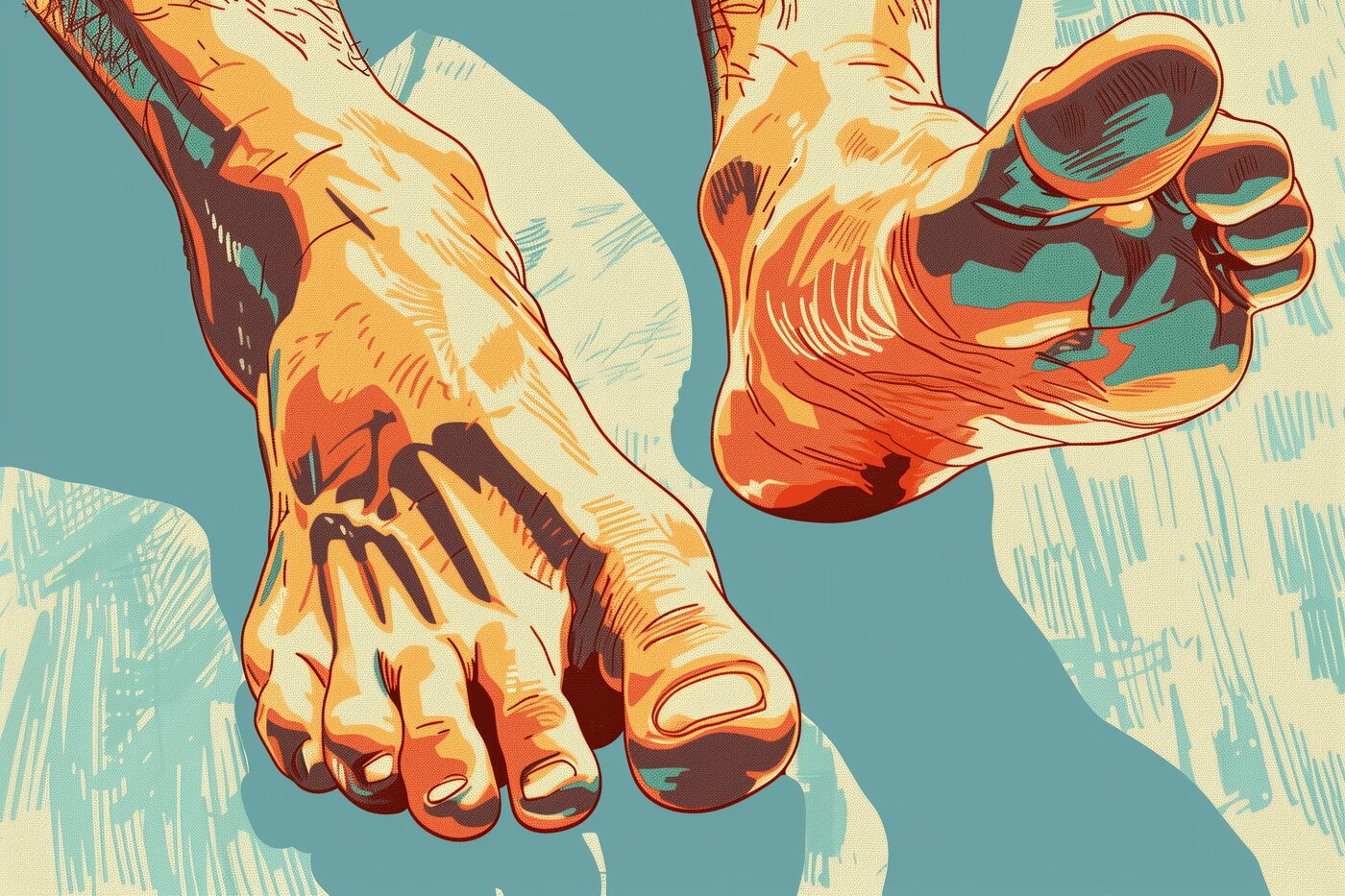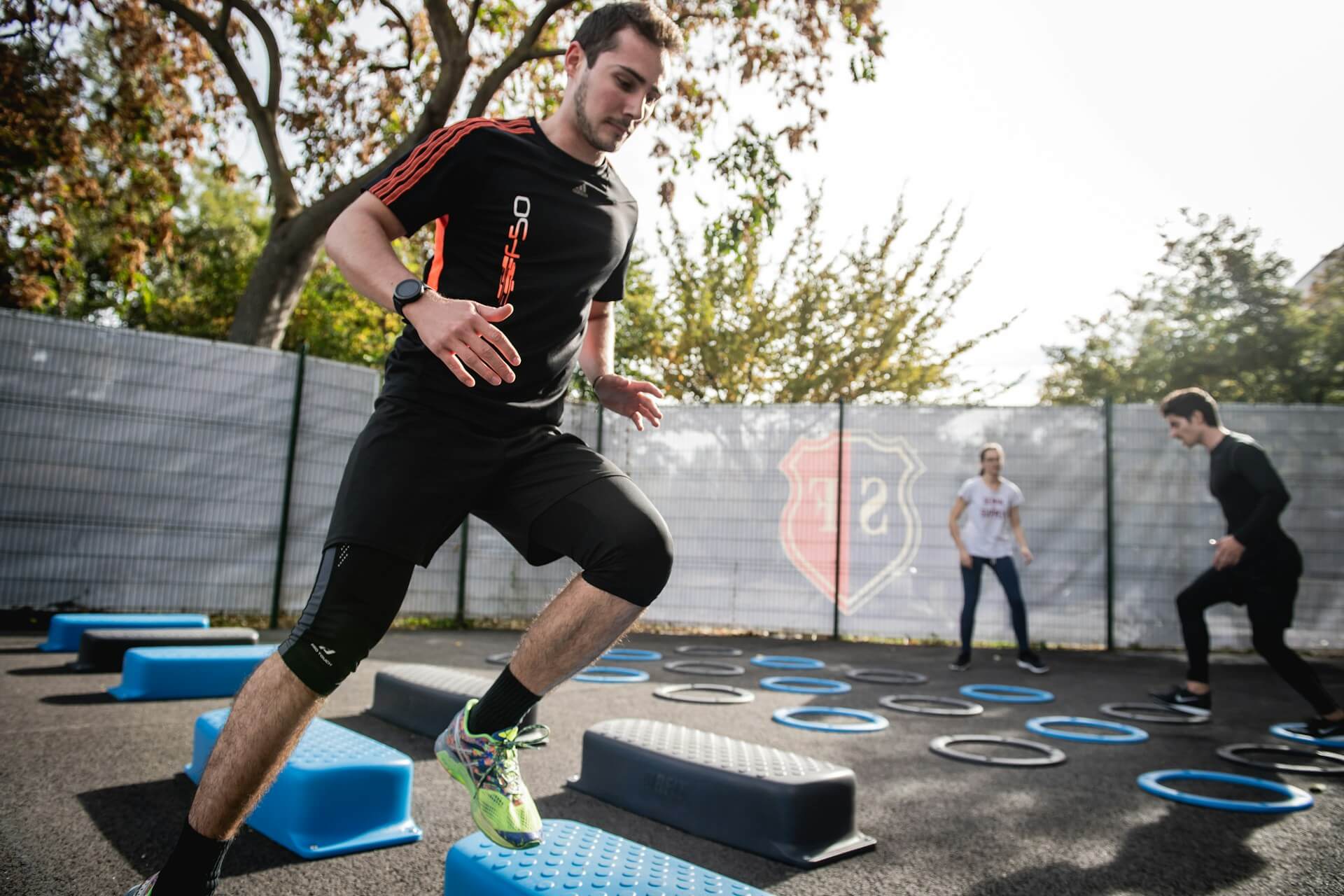How Can Foot Pressure Points Help in Natural Pain Relief?
Feb 26, 2024

As an Amazon Associate, Modded gets commissions for purchases made through links in this post.
Foot pressure points, rooted in the ancient practice of reflexology, are specific areas on the feet that correspond to different body parts. You can influence the health and functions of related organs and systems by applying pressure to these points.
This concept has gained popularity as a natural, non-invasive method for managing pain. By targeting these points, people often seek relief from aches and discomforts without relying on medication.
Utilizing foot pressure points in natural pain relief comes from the idea that stimulating these points can help balance the body’s energy flow, alleviate pain and promote wellness.
What Should You Know About Foot Pressure Points?
Reflexology, the practice encompassing foot pressure points, has its roots in ancient civilizations like Egypt and China. Historical evidence suggests that early forms of reflexology were in practice as early as 2330 B.C. or more than 4,000 years ago. Over time, this practice evolved and spread globally, integrating with other healing traditions.
Stimulating these points is thought to improve the energy flow, or “Qi”, in the body, which can reduce stress, improve circulation and activate the body’s natural healing processes. While modern science doesn’t fully support all reflexology claims, some studies suggest relaxation and mood improvement benefits, often attributed to the placebo effect or the general effects of touch and massage.
What’s the Link Between Foot Pressure Points and Pain Relief?
Stimulating foot pressure points can alleviate pain through a process that involves physical and neurological responses. When you press these points, nerves send signals to the corresponding body parts through the nervous system. This simulation can help reduce tension, improve circulation and promote the release of endorphins, natural painkillers the body produces.
The nervous system is crucial in pain management. It comprises the brain, spinal cord and the peripheral nervous system, which includes nerves throughout the body.
Stimulating a pressure point may trigger a response in the nervous system that influences pain perception. The theory is that this stimulation can interrupt pain signals sent to the brain, effectively “distracting” or “overriding” the brain’s interpretation of pain in other body parts.
Moreover, the relaxation and stress relief often accompanying reflexology can further aid pain management. Stress and tension can exacerbate pain, so reflexology might indirectly help reduce pain sensations by inducing relaxation.
Foot Pressure Points for Pain Relief
Different body parts correspond to various health concerns. Here are some specific foot pressure points often associated with pain relief:
- Big toe for headache and migraine: Use your thumb to apply gentle pressure on the top of the big toe and massage in circular motions for one to two minutes.
- Inside arch for neck and shoulder tension: Press the inside of the foot, halfway between the heel and the ball of the foot, firmly with your thumb and hold for several seconds before releasing. Repeat this technique for one to two minutes.
- Heel for lower back pain: Apply firm, steady pressure on the lower part of the heel’s back with your thumb, where the heel meets the arch and massage in small circles. Do this for one to two minutes.
- Center of the foot for digestive discomfort: Press and massage the middle of the foot, a bit below the ball of the foot, in small circular motions using your thumb for two to three minutes.
- Solar plexus point for general stress and fatigue: Press the solar plexus point with your thumb — the upper half of the foot, just below where the foot’s three middle toes meet the rest of the foot. Hold this position for five to ten seconds, then release. Repeat for a minute.
For each point, ensure you’re comfortable and relaxed before starting. Apply pressure gradually and never push to the level of pain. You can do these techniques sitting or lying down — repeating them several times a day is often beneficial.
Remember, while foot pressure point therapy can be beneficial, it’s not a substitute for medical treatment. It’s always best to consult a health care professional if you have ongoing pain or health concerns.
Practical Tips for Using Foot Pressure Points
Here are some practical tips and techniques to ensure you’re applying pressure effectively, creating beneficial daily routines and understanding the essential precautions to remember.
- Regular sessions: Practice foot reflexology daily or several times a week.
- Consistency: Keep sessions at a consistent time, like in the morning or before bed.
- Hydration: Drink water after sessions to help flush out toxins.
- Mindfulness: Stay mindful of the pressure and your body’s response.
- Comfortable environment: Create a relaxing atmosphere with dim lighting or soft music.
When using foot pressure points for pain relief, you must be mindful of the weight you’re applying. Find a balance where the pressure is firm but not painful. Remember, the goal is relief and relaxation, not to cause additional discomfort.
It’s also crucial to consider any existing health conditions you may have. If you have foot injuries or have conditions like blood clots, it’s best to consult a health care professional before trying foot reflexology.
Moreover, taking your time during the process is essential. Don’t rush through the pressure points. Spend ample time on each area to ensure adequate stimulation. It also allows you to tune into your body’s responses and adjust the pressure accordingly.
Complementing Foot Reflexology with Other Natural Remedies
Combining foot pressure points with other natural methods can enhance your well-being. For instance, herbal teas can be soothing after a reflexology session. Chamomile tea can complement relaxation techniques, while ginger tea might boost circulation.
Similarly, you can incorporate yoga poses focusing on foot strength and flexibility, like the “Downward Dog” or “Mountain Pose.” these poses can improve foot health, making them more responsive to reflexology. It can also help brain cells create new connections and enhance energy flow.
Meditation and foot reflexology are both stress-relieving practices. Try meditating immediately after a session — the relaxed body makes entering a peaceful, meditative state easier. This combination can amplify both benefits, leading to more profound relaxation and potentially more effective pain relief.
Stepping Towards Wellness
The beauty of using foot pressure points for pain relief lies in their simplicity and accessibility. You can integrate these techniques at home or in the office into your daily routine. Many have found them to be a straightforward and effective way to alleviate discomfort and enhance well-being. Remember, the health journey can often begin with a simple step — or, in this case, a gentle press!






